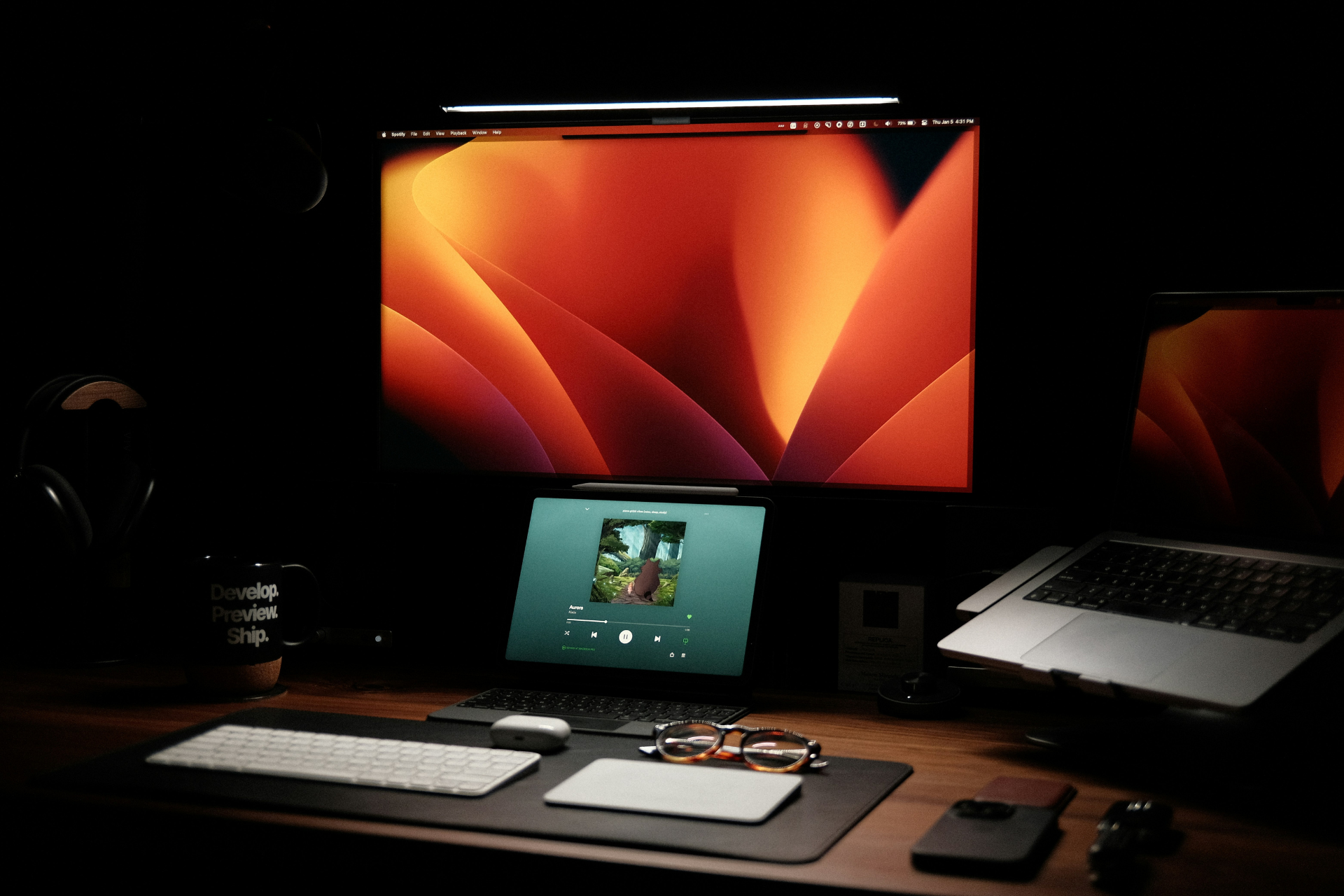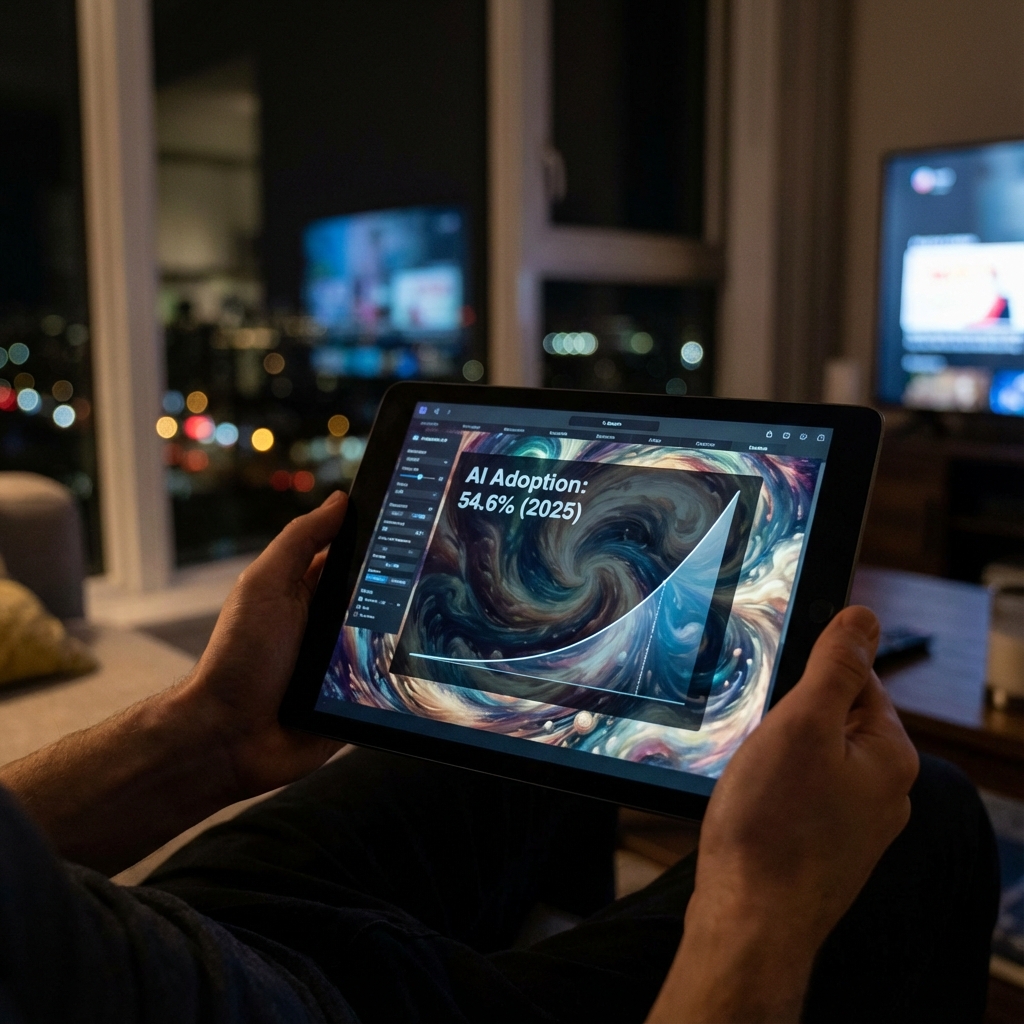The design world just hit an inflection point.
While everyone debates whether AI will replace creative professionals, something more interesting is happening in actual design studios. 49% of UX designers are now using AI tools to experiment with new design strategies.
That's not resistance. That's rapid adoption.
I've been tracking this shift across the industry, and the pattern is clear. Designers aren't running from AI. They're running toward it.
The Automation Layer
AI tools are handling the mechanical parts of design work. Wireframing, content generation, accessibility testing, basic ideation. The repetitive tasks that eat up billable hours.
This creates space for something more valuable.
Designers are shifting focus to uniquely human contributions. Cultural sensitivity. Strategic thinking. The empathy that drives user connection. These capabilities can't be automated.
But here's where it gets interesting. The market is responding to this shift in ways most people haven't noticed yet.
The Premium Shift
Design studios are facing a fundamental restructuring. Basic design outputs are becoming commoditized. Anyone can generate decent UI mockups with AI assistance.
This pushes design firms toward premium positioning.
They're transitioning from essential service providers to strategic partners. The value proposition changes from "we can design your interface" to "we understand your users in ways AI cannot."
The studios adapting fastest are treating AI as a productivity multiplier, not a threat.
They're using automation to handle routine work while positioning human insight as the differentiator. It's working.
The Literacy Requirement
The workforce implications extend far beyond design. More than half of hiring managers now say they wouldn't hire someone without AI literacy skills.
AI fluency is becoming the new digital literacy.
This creates a measurable economic advantage. Jobs requiring AI skills now offer a 56% wage premium, up from 25% last year.
The professionals adapting early are capturing disproportionate value.
The Strategic Response
Smart designers are making three moves:
They're developing AI tool proficiency to handle routine tasks efficiently. They're deepening their strategic and empathetic capabilities that AI cannot replicate. And they're positioning themselves as AI-augmented professionals rather than AI-threatened ones.
The same pattern is playing out across industries. AI isn't replacing human judgment and creativity. It's amplifying the professionals who learn to leverage it effectively.
What This Means
The transformation is already underway. The designers and studios adapting now will capture the premium market as AI commoditizes basic outputs.
The question isn't whether AI will change creative work. It's whether professionals will position themselves strategically within that change.
The data suggests the winners are already making their moves.



